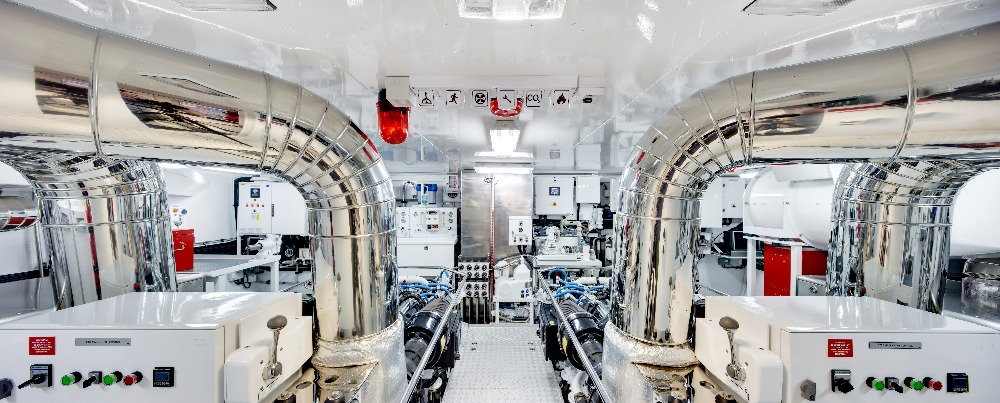The Black Hole
As the industry continues to talk about a shortage of engineers, we look at where the industry is suffering…
As the industry continues to talk about a shortage of engineers Paul Rutterfod, general manager of Viking Recruitment, looks at the superyacht industry's input and why those vessels at the smaller end of the spectrum and really suffering.
It is no secret that the superyacht industry continues to grow. More yachts are being built and they are getting larger and more technically advanced. For the experienced engineer, there has surely never been a better time to work with some of the most technically advanced engineering – not just in yachting, but in the whole marine industry. However, are we seeing a gap in the engineering talent working on smaller yachts? Are these yachts suffering as a result of more engineers moving to work on larger tonnage within the industry?
We know that finding and keeping engineers has always been a challenge. Many of the clients Viking Recruitment works with in sourcing crew comment on the fact that to find talented, experienced and professional engineers can, at times, be difficult, and when the right crewmember does join your yacht, it can be equally tough to persuade that crewmember to stay.
For those chief engineers who have always worked in the yachting industry, holding a ‘Y’ licence, their qualification can allow them to move on to work on some of the larger superyachts in a position of third or even second engineer, depending on yacht and engine size. This, however, can lead to problems in securing talent for the smaller yachts that are often crying out for engineers to join the crew.
For an experienced yacht engineer, there can be many reasons to move from being a sole engineer on a smaller vessel to working on a larger superyacht. Take, for instance, rotation. We understand that many crewmembers want a work-life balance, and with more and more large superyachts offering better rotation, there is a real possibility to attain this all-important work-life balance. Salary and remuneration packages are often greater on the larger superyachts, with higher monthly salaries as well as bonuses, incentives and other benefits such as medical cover and pension provision. Also, a large superyacht can be based anywhere around the world, allowing its crew to travel further than smaller yachts that historically spend a season in the Mediterranean or in the Caribbean. But this is not always the case. A number of large private superyachts remain alongside in port for months on end, waiting for news of the arrival of their owner and guests.
In marine engineering, there is always the pull of working with the latest developments and advancements in technical equipment. This allows engineers to get their hands dirty, with the scope to work with the most modern and complex machinery and equipment. This can make the role on larger superyachts more diverse, challenging and interesting.
However, there are negatives. The opportunity to progress up the engineering ladder can be difficult, depending on the yacht size. Currently Y1 licence holders are able to work on commercial yachts in a senior role, on vessels up to 3,000gt and 9,000kW. In recent years, we have seen that many commercial engineers are making the move from the cruise and other marine sectors into the superyacht industry; engineers coming from a commercial background have the technical experience and licences that are needed for the larger tonnage that is now continuing to be built for the superyacht industry. Many of the captains of larger superyachts come from a commercial background, and they often recommend marine engineers from a similar background to work alongside them.
The opportunity to travel might well suit an engineer who does not have a base as a home, whereas an experienced professional might now be longing to be able to return home at the end of the day to his or her family in the South of France, Balearic Islands or Caribbean.
We are seeing that many ‘green’ crew have a shorter industry lifespan than those who joined some 10 years ago. Perhaps the real problem is not the fact that engineers are moving from smaller yachts to larger superyachts but that talented engineers are not remaining in the industry, and we are not encouraging new talent to come in and work on the smaller superyachts, gaining their MEOL (Y) engineering certification. The industry continues to grow, and the problem of sourcing enough engineering talent to meet the demand is still with us.
Profile links
Click here to become part of The Superyacht Group community, and join us in our mission to make this industry accessible to all, and prosperous for the long-term. We are offering access to the superyacht industry’s most comprehensive and longstanding archive of business-critical information, as well as a comprehensive, real-time superyacht fleet database, for just £10 per month, because we are One Industry with One Mission. Sign up here.




